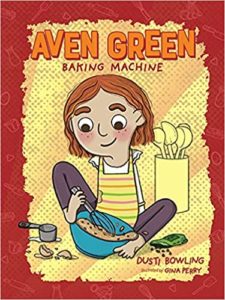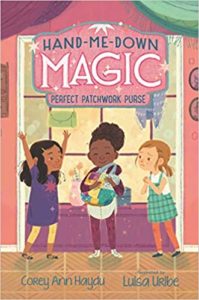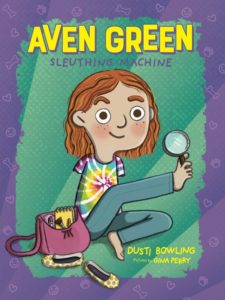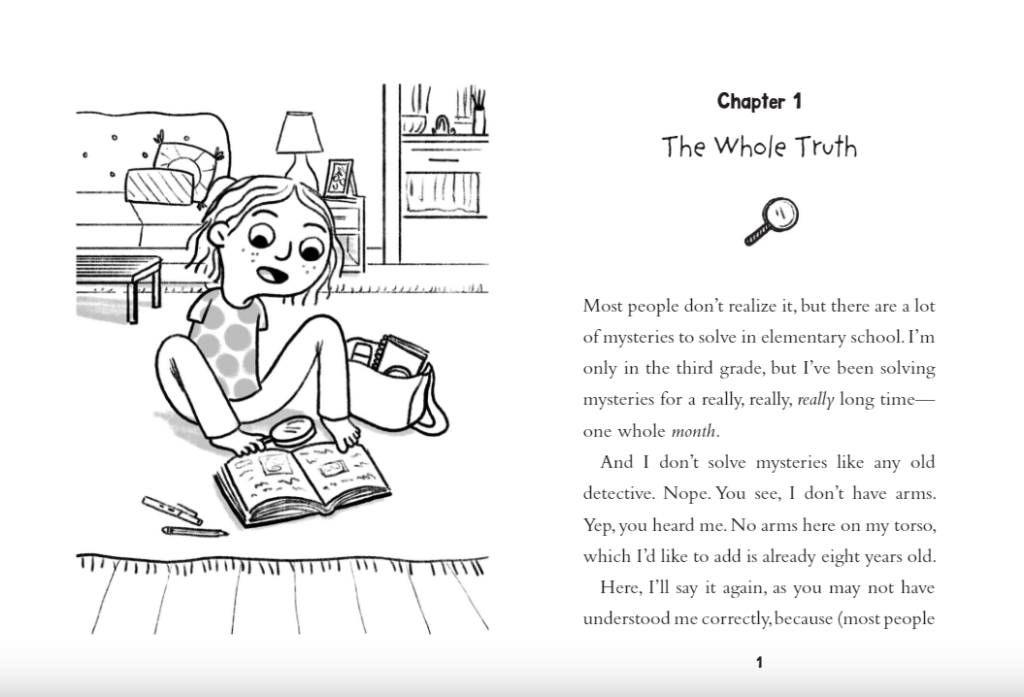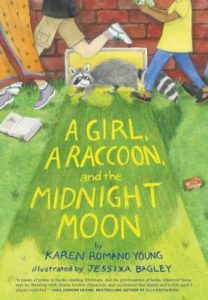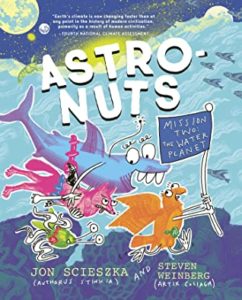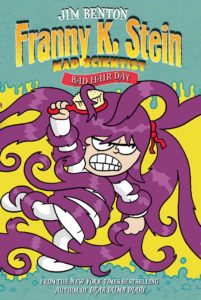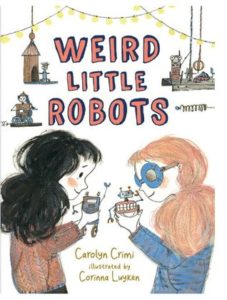“The Case for Graphic Novels and Chapter Books”
I have always been a huge reader. At some point during third grade, I discovered my love of stories and have never looked back. Third grade through sixth grade was such a formative time for me as I developed this lifelong love of reading, and some of the books I enjoyed the most were comic books or shorter stories with illustrations. I gobbled up as many Archie comics as I could, read all of The Far Side by Gary Larson, and shuddered in fear at the creepy illustrations in Scary Stories to Tell in the Dark. I honestly couldn’t tell you if I’d be the reader and writer I am today without books like these, and now that my own children are of reading ages, I’ve actively encouraged them to read anything and everything they enjoy. Yes, that has meant a lot of graphic novels and illustrated books. It has also meant them reading the same books over and over and over again, just as I did when I was a kid.
The first thing my ten year old fell in love with was Diary of a Wimpy Kid. She was five when she picked up the first book, and I still remember her coming to me every minute or so to ask me to explain a word. Then she’d read the story again and come to me maybe every couple of minutes. Then she’d read it again. And again. After she’d read that first book probably about a dozen times, she no longer had to ask me to explain any of the words. It was through this rereading of the same book that she developed great reading fluency, confidence, and comprehension skills, and I’m very grateful to Jeff Kinney for teaching her how to read. Would she have naturally gone through this same process on her own with a book without pictures? Without the silly jokes and goofy humor that kept her so engaged? I doubt it.
Being homeschoolers, we’ve spent a lot of time at the library, and my ten year old has always gravitated toward the graphic novel section. We would frequently come home with stacks of graphic novels nearly as tall as she was, and she would read every single one of them. I would make a lot of recommendations, try to introduce her to other styles of books, play longer audiobooks for her, and suggest we try reading new books together, but all she wanted were graphic novels all the time, so I didn’t push it. She loved to read, and I never wanted to interfere with that in any way. After all, her love of reading has always been the end goal.
Then something interesting began happening after a few years of nonstop graphic novels—she decided on her own to try a great big book without illustrations called Wings of Fire, which she found in a little free library at a park. Did she get through it and enjoy it? Let’s just say she’s eagerly anticipating book fifteen right now. Would she have gotten to the point in her love of reading that she’d be willing to read fourteen lengthy books if I hadn’t always allowed her to read and reread the graphic novels she adores so much? Again, I doubt it.
Now that my six year old is reading, she loves my Aven Green chapter books. She brings the books to me over and over for help with the words and to show me the illustrations so we can laugh together (she seems to think I’ve never seen them before). She also loves Junie B. Jones, Puppy Place, Wedgie and Gizmo, and many other chapter books with illustrations. I know one day soon, she’ll probably also fall in love with graphic novels. She’ll probably want to read the same books over and over again (actually she already does that). And then, eventually, she’ll probably also be ready to pick up longer books. When that happens, I’ll be ready for it every step of the way.
Expected publication: August 17th, 2021 by Sterling Children’s Books
About the Book: Aven Green Baking Machine is the sequel to Aven Green Sleuthing Machine which Kellee reviewed in April.
Aven is an expert baker of cakes and cookies. She’s been baking with her mom for a really long time. Since she was born without arms, Aven cracks eggs and measures sugar and flour with her feet. Now, she has her eye on the prize: a beautiful blue ribbon for baking at the county fair. So she teams up with her friends Kayla, Emily, and Sujata. But It turns out they all have very different tastes and a lot of opinions about baking. Talk about a recipe for disaster!
About the Author: Dusti Bowling grew up in Scottsdale, Arizona, where, as her family will tell you, she always had her nose in a book. She released her first middle grade novel in 2017 and hasn’t stopped writing since.
Dusti’s books have won the Reading the West Award, the Sakura Medal, a Golden Kite Honor, the William Allen White Children’s Book Award, and have been nominated for a Cybil and over thirty state awards. Her books are Junior Library Guild Gold Standard Selections and have been named best books of the year by the Chicago Public Library, Kirkus, Bank Street College of Education, A Mighty Girl, Shelf Awareness, and many more. Dusti currently lives in New River, Arizona with her husband, three daughters, a dozen tarantulas, a gopher snake named Burrito, a king snake name Death Noodle, and a cockatiel named Gandalf the Grey.
Thank you, Dusti, for this post that we definitely agree with! Like you said, “ove of reading has always been the end goal!”
